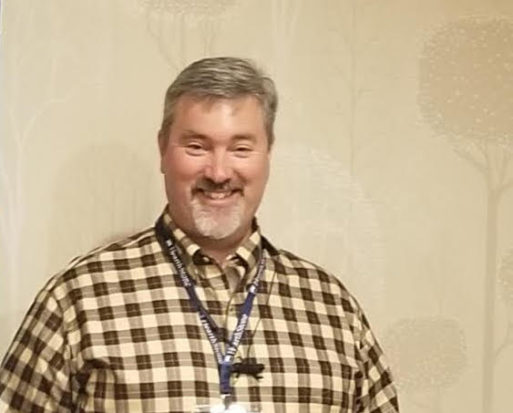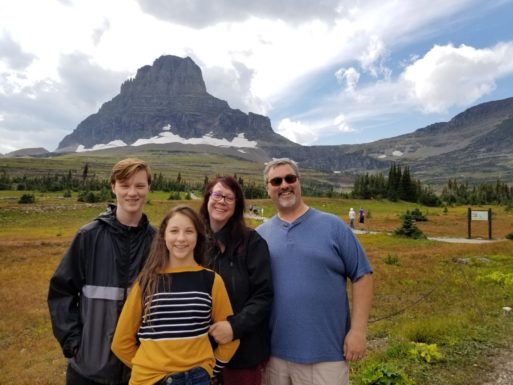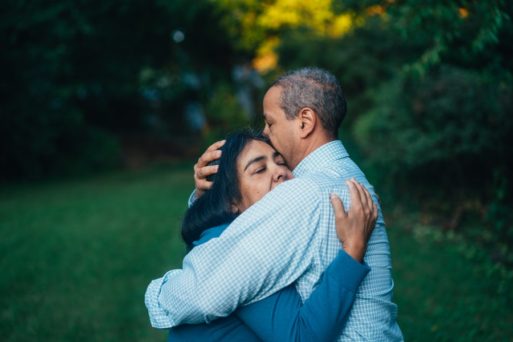 Today SevenPonds speaks with Paul Seideman, the President of the National Guardianship Association (NGA). The NGA is a nonprofit organization that sets standards and ethical guidelines for guardians, conservators, and fiduciaries in the United States. Paul has been on the board of directors for the NGA since 2013 and began serving as its president this year.
Today SevenPonds speaks with Paul Seideman, the President of the National Guardianship Association (NGA). The NGA is a nonprofit organization that sets standards and ethical guidelines for guardians, conservators, and fiduciaries in the United States. Paul has been on the board of directors for the NGA since 2013 and began serving as its president this year.
Editor’s Note: This interview has been edited for length and readability.
Colleen Ferguson: Hi Paul. Thank you for speaking with me today. Could you start off by telling us when the National Guardianship was formed and what it does?
Paul Seideman: Sure. The NGA was established all the way back in 1988 with its first conference, and it grew into an effort to provide education and training and networking opportunities for guardians so they could share information and best practices. The goal was to elevate the overall practices in guardianship so that all guardians would be using the same principles and the same guidelines for decision making. That way we would have a much more consistent methodology for making guardianship decisions, which can literally be life and death situations sometimes.
So, the NGA is a group of mostly professional guardians across the country who practice in a variety of capacities. They are professional private guardians and conservators — people who work in guardianship agencies, either through non-profit organizations that provide services under contract with various states, or people who work directly in offices of public guardianship, which are often attached to state agencies like the Department of Health and Welfare or Human Services.
Colleen: Are guardianship and conservatorship the same thing?
Paul: Guardianship is called different things in different places, which is one of the challenges we have as a national organization. The nomenclature and the implementation of guardianship are very different from one state to another, and sometimes even in different localities within the same state. So, there’s a huge difference in how guardianship is put into place, but the common theme is that guardianship exists to protect the interests of the person under guardianship.
This can be broken down into two broad categories. Guardianship of the person, which relates to all matters over an individual’s body (if you were to simplify it in that way). So that would be health care decisions, living decisions, issues involving relationships, and so on. And then guardianship of the estate, which is also called conservatorship, which is the management of all the financial aspects of the person’s life.
Colleen: Can you tell us why establishing standards of practice for guardianship important?
Paul: We refer to these all the time, both throughout our educational events and online training that we provide. They are also used in our efforts for advocacy at state and national levels in order to encourage states and courts to adopt those standards as a way of demonstrating what good guardianship looks like.
About 80 percent of the time, the appointed guardian is a family member or a close family associate of the person. They are a professional guardian or a public guardian only about 20 percent of the time. That means that the vast majority of guardians are people who are family members who were put in that position, and oftentimes they never have any other context or experience. So there’s a huge challenge to provide education and training for people who don’t do this as a career — to try to help them understand what is expected of them, what should be implemented, and so on.
Oftentimes, family members see it as a parental relationship, and they often use the power of guardianship to act as a parent. This isn’t quite the same thing as providing assistance and protection to someone who may be vulnerable to abuse or exploitation while still allowing them self-determination to the greatest extent possible.
The guardian should defer to the values and the preferences of the person under guardianship whenever possible — with the exception of where the preferences of the individual pose a substantial risk to themselves, someone else, or their property.
Colleen: I know there are quite a number of standards set forth on NGA’s website. Could you share a few of the most important ones with us now?
Paul: There are 25 standards that we put out, and some of the most important ones would be related to decision-making. The decision-making authority may ultimately be delegated to the guardian, but they still need to involve the person under guardianship to the extent possible. The standards also speak to the guardian’s duties regarding diversity and the personal preferences of the person — that is, respecting the values and the cultural background of the person under guardianship. For example, you may be appointed as a guardian to someone who is from a different culture or has different political beliefs, but you still need to show them respect and dignity for their values and not impose your own.
Probably the third most important standard would be in regard to the relationships of the person. In our standards, we include specific reference to the person’s relationships and the need to continue to encourage those connections, even if the guardian finds some of the people to not be helpful. If those relationships are important to the person under guardianship, you still need to foster them in positive ways unless you’re dealing with a situation where that person would be subject to specific harm.

Paul Seideman with (some of) his family
Colleen: Can you tell if the enactment of these standards is helping to diminish stories or reports of abuse or exploitation?
Paul: As a membership organization, we can’t control guardians. But we strongly advocate that states and courts push for certifications as a way to demonstrate that professional guardians have undergone significant training and maintain ongoing education and understanding of best practices in order to help avoid those things from happening.
The goal for us is a world in which guardianship is implemented in positive ways where it’s focused on the needs of those under guardianship, and that once someone is under that care, all abuse and exploitation comes to the end.
The reality is there will always be a certain number of bad actors who, once they have authority, will misuse it. We’ve seen those stories, too, and it breaks my heart, especially when I see professional guardians who have inappropriate practices for performing their duties.
When people have abused their position as guardians, we are equally as outraged as anyone in the public. We continue to strive for excellence in guardianship because we recognize how vital it is to maintain the public’s trust in what we do. So we do welcome healthy discussions because we want to see positive reforms that hold guardians accountable, that improve monitoring systems in states, and ultimately help ensure that any person who does need a guardian has a guardian who is demonstrating the ethics and the principles that NGA promotes.
This concludes part one of our interview with Paul Seideman of the National Guardianship Association. Please come back next week when we talk more about guardianship certification, education, and advocacy, and what you should know if you find yourself in the position of being someone’s guardian.

 Why Are Standards of Practice for Guardianship Important?
Why Are Standards of Practice for Guardianship Important?



 Having an Estate Plan Is Essential – So Is Discussing It With Your Children
Having an Estate Plan Is Essential – So Is Discussing It With Your Children

 “Summons” by Aurora Levins Morales
“Summons” by Aurora Levins Morales














